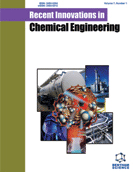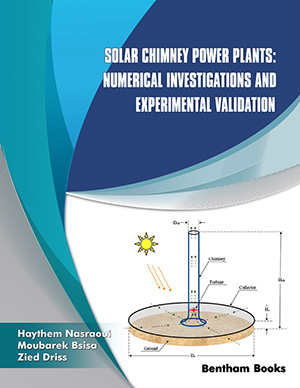Abstract
The application of ultrasound has received immense research attentions in
the past few years due to its application in various sectors including dye degradation,
pretreatment process, fuel production, bioprocessing, etc. Recently, ultrasonication has
been used as a novel bioprocessing tool for enhancing biofuel production from
microbial and algal biomass during the fermentation process. Additionally, this
technique is also used in many areas of downstream processing such as extraction of
lipids from biomass, filtration, and crystallization. The usage of ultrasonication during
the fermentation process can result in the enhancement of the transfer of oxygen for
aerobic culture, homogenization of biomass for the reduction in clump formation, and
faster substrate transfer to biomass which further results in enhanced microbial growth.
In view of this, the present chapter mainly focuses on the role of ultrasonication in
microbial and algal lipid production and its extraction process with an aim for liquid
biofuel production. Additionally, the influence of various operating parameters (power
intensity, frequency, duration, reactor design, and kinetics) over the growth, lipid
production, and extraction process are also described in detail.
Keywords: Algae, Extraction method, Low–cost substrates, Oleaginous microorganism, Single cell oils (SCOs), Ultrasonication.






















